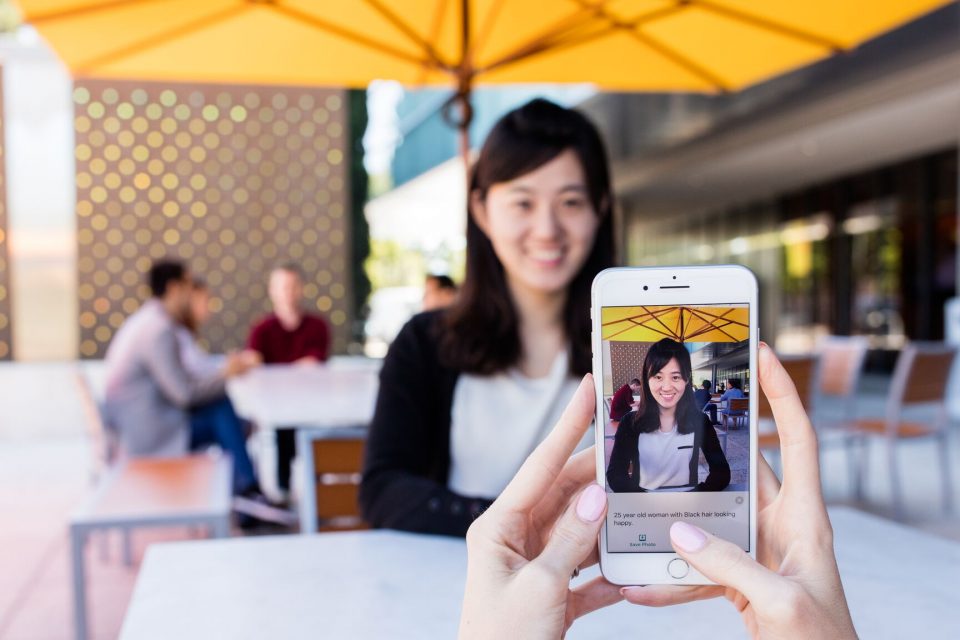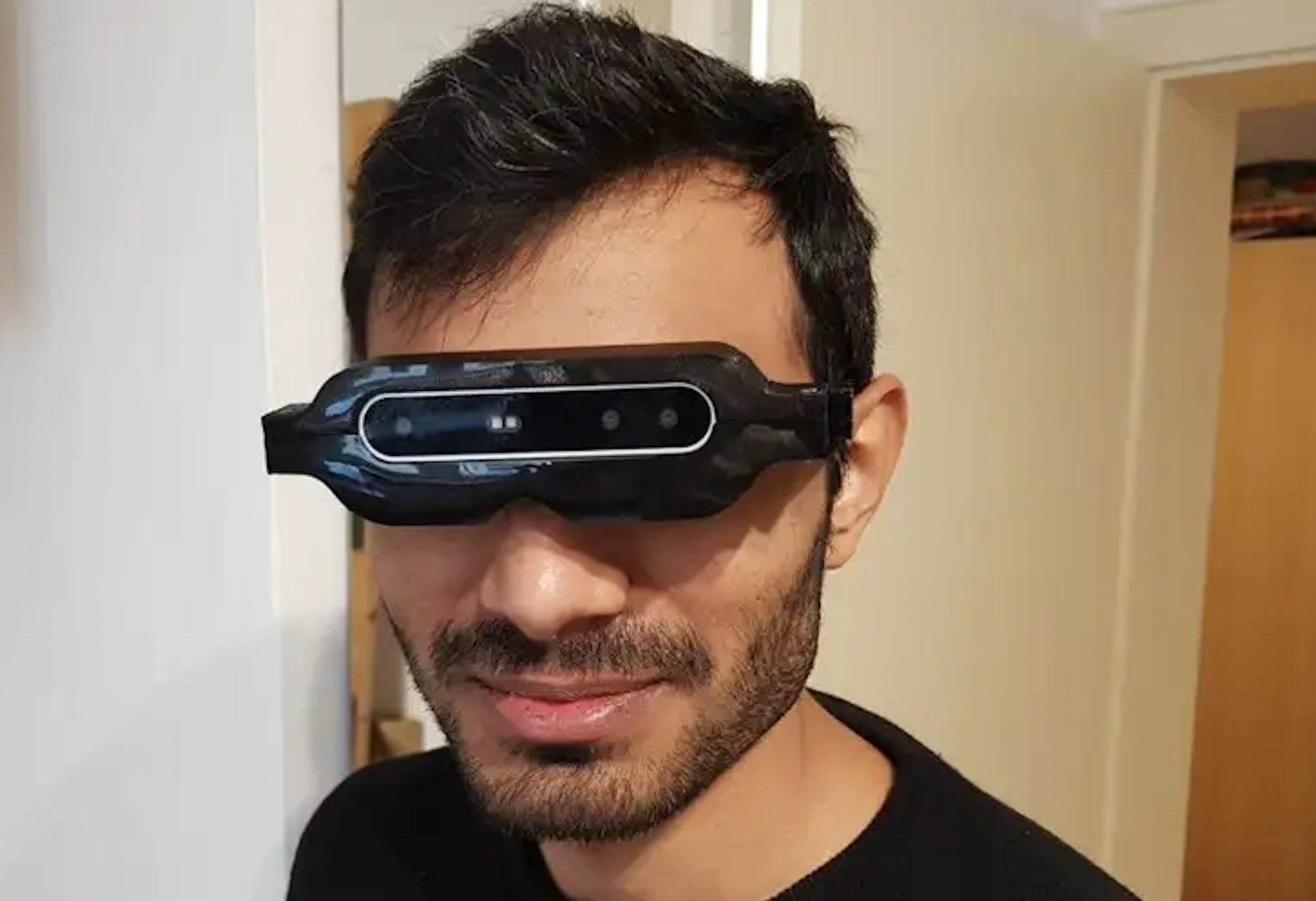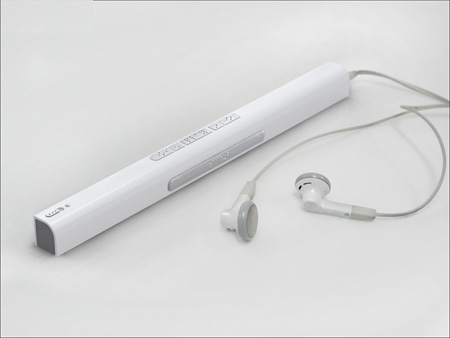Empowering Freedom With Assistive Innovation for the Blind
The integration of assistive innovation into the lives of people with aesthetic problems stands for a substantial advancement in advertising independence and self-sufficiency. From cutting-edge display viewers to innovative smart canes, these devices not just enhance day-to-day navigating and interaction yet also encourage users to involve meaningfully in numerous elements of life. As we discover the myriad benefits and real-world applications of these innovations, it ends up being critical to check out the hidden elements that add to their efficiency and the potential for future advancements in this essential field.
Summary of Assistive Innovation

The development of assistive technology is based in concepts of inclusivity and empowerment. Technologies in software program, equipment, and sensory improvements supply individuals with choices tailored to their specific needs. From display viewers that transform message to speech, to responsive tools that share info with touch, these devices change the way individuals engage with their environments.
Along with sensible applications, assistive modern technology fosters higher social addition and engagement in different industries, consisting of education and learning and work (Mobility aids for visually impaired users). As r & d remain to advance, the possibility for assistive innovation to further boost the lives of visually damaged individuals continues to be encouraging, leading the way for an extra fair society where everybody can prosper
Types of Assistive Devices
A variety of assistive tools have actually emerged to sustain individuals with visual impairments, each developed to meet certain demands and boost day-to-day performance. These tools vary from low-tech options to sophisticated developments, providing diverse choices for users.
Low-tech devices include magnifiers and large-print materials that help in analysis and writing. Braille tools, such as Braille slates and stylus pens, allow responsive analysis and interaction. Alignment and movement help, like white walking canes, assist customers navigate their environment securely.
On the higher end of the spectrum, electronic zoom systems and display visitors offer significant assistance. Electronic magnifiers permit individuals to expand text and pictures on screens, while screen visitors convert electronic content right into manufactured speech, helping with accessibility to information on smart devices and computer systems.
Smartphone applications additionally play an essential duty, providing attributes like text acknowledgment and navigation support. Wearable innovation, such as clever glasses equipped with enhanced fact, is arising as a promising device to boost situational awareness.
Advantages of Assistive Technology
The integration of assistive modern technology dramatically boosts the quality of life for people with aesthetic problems. These technologies equip users by promoting independence, enabling them to navigate their settings more successfully and execute day-to-day tasks with better convenience. For instance, display visitors and magnifying software program allow individuals to gain access to digital information, promoting academic and professional chances that may have previously been out of reach.
Additionally, assistive gadgets such as clever walking sticks and general practitioners applications offer real-time navigation assistance, improving flexibility and safety and security. This raised freedom not only enhances self-worth but likewise encourages social engagement, allowing customers to get involved more completely in their areas.
Assistive innovation likewise promotes communication, helping customers attach with others via voice recognition and find text-to-speech applications. This capability is crucial for maintaining partnerships and accessing important details.
In addition, the personalization choices available with lots of assistive innovations guarantee that individuals can tailor tools to their certain needs, additionally improving use and efficiency. On the whole, the benefits of assistive technology for individuals with visual impairments are profound, promoting a more comprehensive society where everybody can seek their goals and objectives.
Situation Research Studies and Success Stories
Highlighting the transformative effect of assistive modern technology, countless instance studies illustrate just how people with aesthetic impairments have actually effectively incorporated these devices right into their lives. One engaging example includes a college pupil who utilized display analysis software program to browse academic materials and on the internet resources effectively. This technology not only promoted her education however additionally boosted her confidence in getting involved in conversations and team projects.
One more situation study features a specialist who utilizes a smart device application designed for navigating and item recognition. By utilizing this application, he has actually gained back freedom in both his personal and workplace, permitting him to commute separately and engage with colleagues better.
In addition, a senior citizen shared her experience with braille e-readers, which enabled her to access a vast array of literature and remain connected with her area with publication clubs.
These success stories emphasize the important duty of assistive technology in fostering self-reliance, improving top quality of life, and advertising social combination for people with visual impairments (OCR devices for the blind). By accepting these innovative tools, users can get rid of difficulties and seize possibilities that contribute to their personal and expert gratification

Future Patterns in Assistive Modern Technology
Advancement in assistive innovation is positioned to redefine the landscape of assistance for individuals with aesthetic problems. Arising fads stress the combination of expert system (AI) and artificial intelligence, which boost the capability of gadgets that aid with navigating and information availability. For example, AI-driven applications are now capable of analyzing aesthetic data in real-time, making it possible for individuals to engage with their environment extra individually.
Moreover, the growth of wearable innovation is advancing quickly. Smart glasses outfitted with increased truth (AR) can supply audio summaries of surroundings, changing how users engage with public rooms. These gadgets not just advertise autonomy however additionally foster social incorporation.
In Addition, the Net of Points (IoT) is making homes smarter, permitting for seamless connection between day-to-day devices and assistive devices. This connectivity encourages individuals by enabling voice-activated controls and automated feedbacks tailored to specific requirements.
Final Thought
In verdict, assistive innovation plays an essential function in encouraging individuals with aesthetic impairments by improving their freedom and engagement with their environments. The diverse series of applications and devices offered not only promotes navigation and interaction but additionally advertises social assimilation and chances for individual and expert development. As improvements continue in this area, the capacity for boosting the lifestyle for those with visual disabilities will expand, promoting better autonomy and empowerment.
